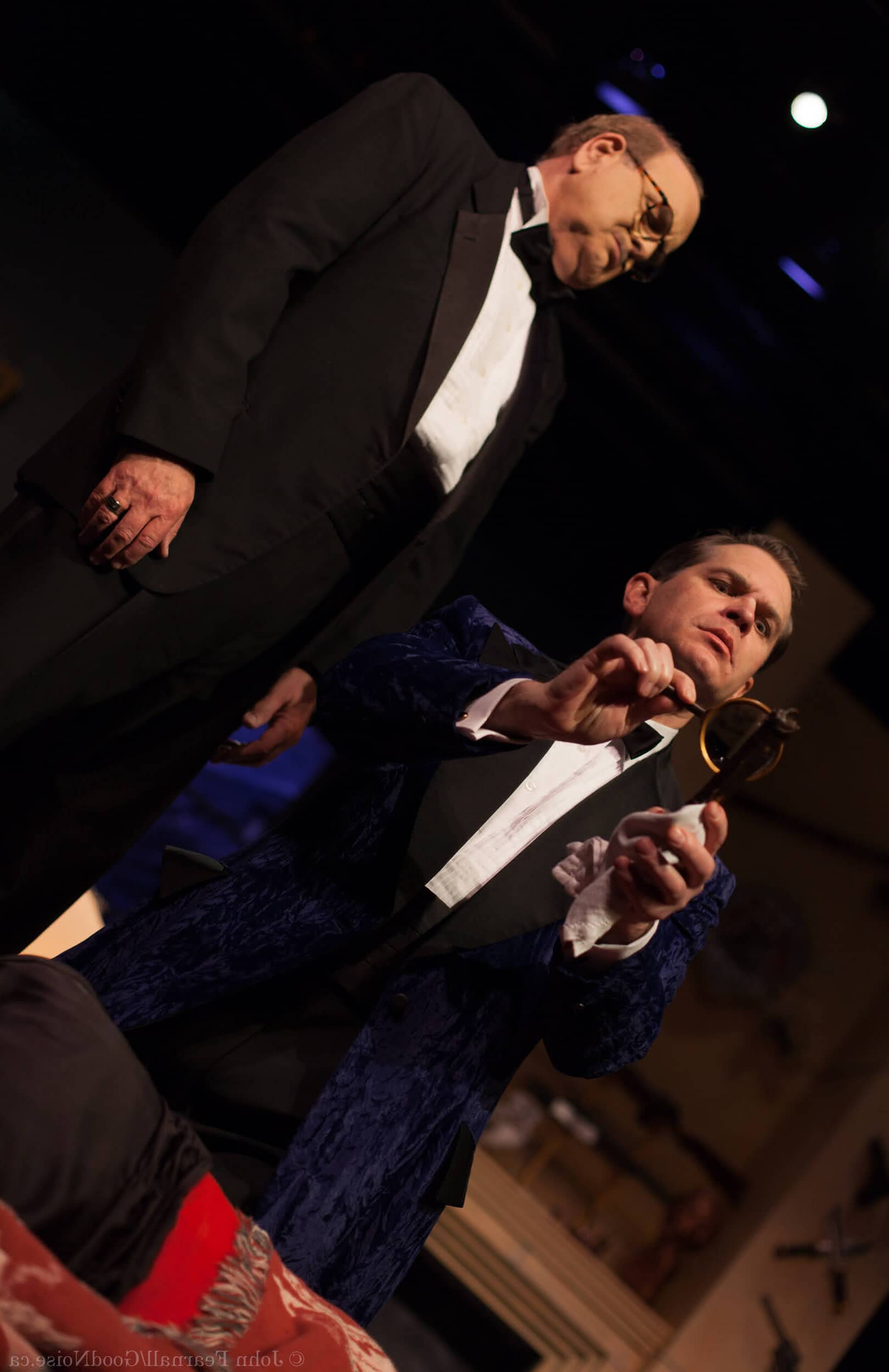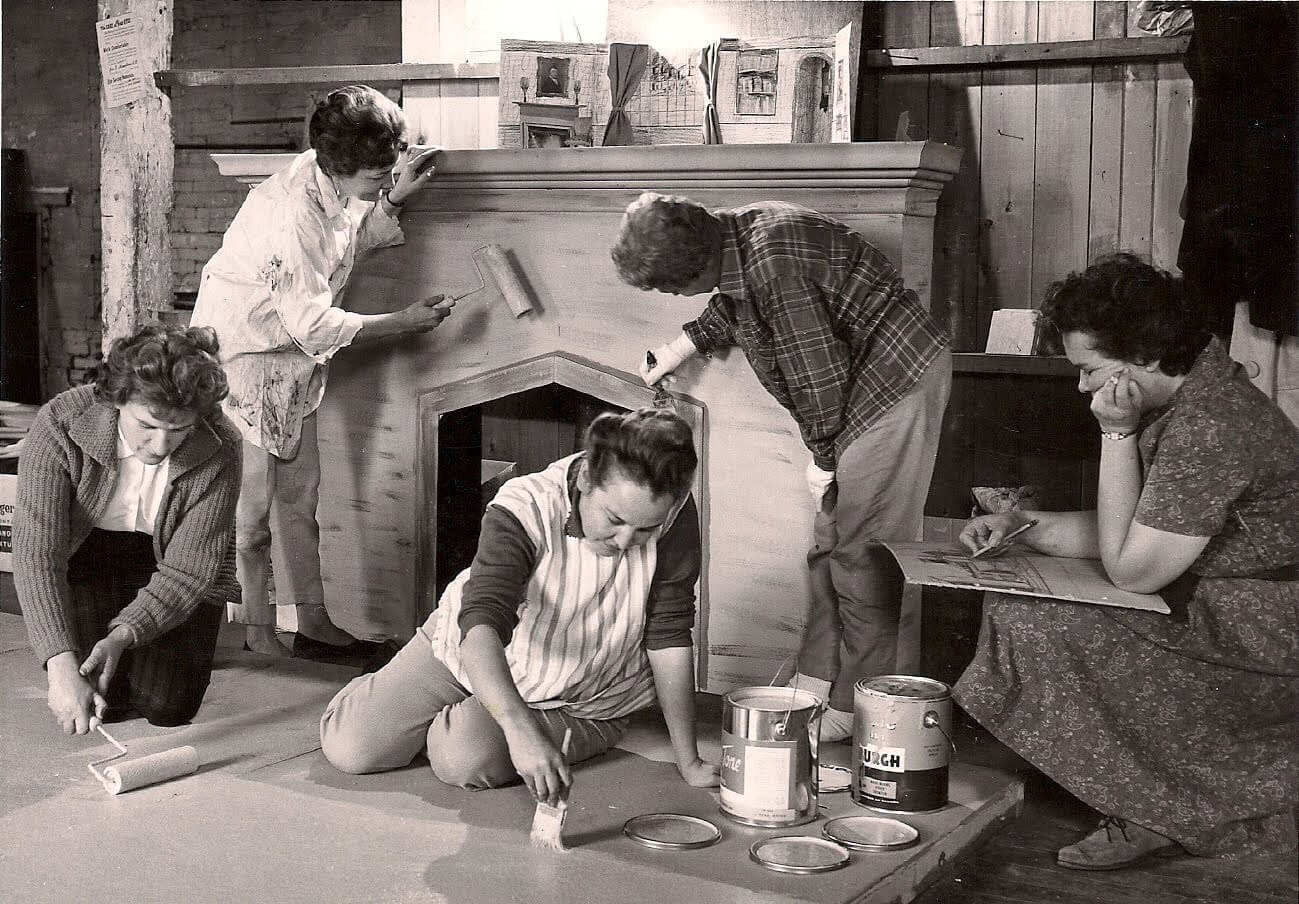About Us
About Us

The Roxy Theatre, owned and operated by the Owen Sound Little Theatre (OSLT), is a historic 400-seat venue at the heart of Owen Sound’s arts scene. Since 1961, OSLT has been a volunteer-driven, charitable organization committed to producing high-quality theatre and fostering community engagement in the arts.
The mission of OSLT is to be a theatre company that consistently entertains and challenges audiences while inspiring participation in the arts through dynamic and culturally rich programming with broad appeal.
Each season, we stage 4-5 productions—including one musical, 2-3 plays and our RYC musical production—while also hosting The Roxy Series, featuring a professional lineup of Canadian music, theatre, and comedy. Our youth program, The Roxy Young Company, offers classes, camps, and performances, while The Roxy Star Company provides inclusive theatre opportunities for adults with complex needs.
Beyond our own productions, The Roxy serves as a vibrant hub for concerts, recitals, and community events. With full accessibility, air conditioning, and assisted-listening devices, we ensure a welcoming experience for all.
Roxy Theatre History
Built in 1913 as The Griffin Opera House, The Roxy Theatre originally accommodated 1,200 patrons with balcony and ground-level seating. Owned by Toronto cinema magnate John Griffin, the venue was a hub for live theatre, vaudeville, and silent films. In the 1920s, it was renamed The Grand Opera House, and by 1948, the Odeon Cinema chain had purchased the building, transforming it into The Roxy. This renovation moved the stage from the back to the front, removed the balconies, and converted the space into a movie theatre, which operated until 1986 when the Owen Sound Little Theatre acquired it.
Following the purchase, an extensive renovation led by architect Paul Dawson and general contractor Laurie McConnell was completed in 1987 at a cost of $400,000. A second, more ambitious renovation in 1994—designed by MacDonald and Zuberec of St.Catharines—modernized the stage, sound, and lighting systems while adding new dressing rooms, a workshop, a control room, and an expanded lobby. A neighboring restaurant, The Alps, was also purchased to house the box office and green room. This $1.5 million transformation solidified The Roxy as a permanent cultural institution, which was celebrated with a grand reopening and a production of The Man Who Came to Dinner.
Today, The Roxy stands as a testament to the enduring spirit of the arts in Owen Sound. Historical elements, including Edwardian brass lighting fixtures and remnants of painted frescoes, remind visitors of the theatre’s rich past, while plaques in the Griffin Gallery honour
the many supporters who made its revival possible. Against all odds—including two world wars, prohibition, a pandemic, and economic hardships—The Roxy has survived and thrived, remaining a vital hub for the performing arts and a cherished piece of community history.


Our Team
Gary Byers
The Owen Sound Little Theatre Board of Directors:
Maria Canton
Kathleen Murphy
Mike Tettenborn
Elaine Anderson
Ridgley Dier
Kathleen Jerome
Paula Mercer
Debbie Morris
Stephanie Bumstead
Land Acknowledgement
We acknowledge that The Roxy Theatre stands on the traditional Territory of the Anishinabek Nation, home to the Ojibway, Odawa, and Pottawatomi Peoples of the Three Fires Confederacy. We also extend our gratitude to the Chippewas of Saugeen and the Chippewas of Nawash, known collectively as the Saugeen Ojibway Nation, who have been the traditional keepers of this land. On behalf of the membership, staff, and patrons of Owen Sound Little Theatre, we recognize and respect their enduring connection to this land and commit to honoring their history, culture, and contributions.
Owen Sound Little Theatre Award

Each year, OSLT awards a bursary to students from both Owen Sound high schools who have demonstrated excellence in the theatre arts. For more details, please contact tiffanym@roxytheatre.ca.
David Leslie Award
Owen Sound Little Theatre is pleased to again be offering The David Leslie Award, a bursary awarded once per year to a deserving student who plans on pursuing a career in professional theatre.
David Leslie, in whose memory and honour this award is given, was a loyal member of the Owen Sound Little Theatre for many years. Trained as a classical actor in Scotland, David emigrated to Canada as a young man, and followed his love of theatre as an actor and director in the Toronto area. With a wife and young family, he eventually settled in Southampton and became aware of a community theatre nearby, the Owen Sound Little Theatre. His discovery became OSLT’s immense gain as he brought a wealth of experience and professionalism to an enthusiastic group ready to embrace it.
Besides acting iconic roles in both musicals and drama/comedy, he directed many memorable plays and musicals, and as a result, won many provincial awards both personally and for Owen Sound Little Theatre through the Western Ontario Drama League. Probably one of his greatest contributions was the modest example he set in the process, teaching and fostering excellence among his co-thespians. He is remembered fondly and with great respect; he would be very pleased to know that in his name, Owen Sound Little Theatre will encourage a young person to pursue the profession he loved so dearly.
This award is available to any student currently residing in Grey or Bruce counties and is awarded annually in July.
Criteria:
- The Applicant must be enrolled in a recognized post-secondary theatre program. The focus of the program can be acting/performance, theatre technology, theatre administration, stage management, and drama therapy. Related fields involving theatre in some capacity may be considered.
- In their response, the Applicant must include a description of past involvement in theatre, reasons for seeking a career in theatre, and a brief statement about why they love theatre.
- The applicant must include two letters of reference from teachers or theatre practitioners with whom they have worked with in the past.
Candidates should email their complete package (Criteria #2 and #3) to Tiffany McMillin, Theatre Manager, at tiffanym@roxytheatre.ca
The jury reviewing the applications will be comprised of members of David Leslie’s family, as well as representatives from the OSLT Board of Directors and its Membership.